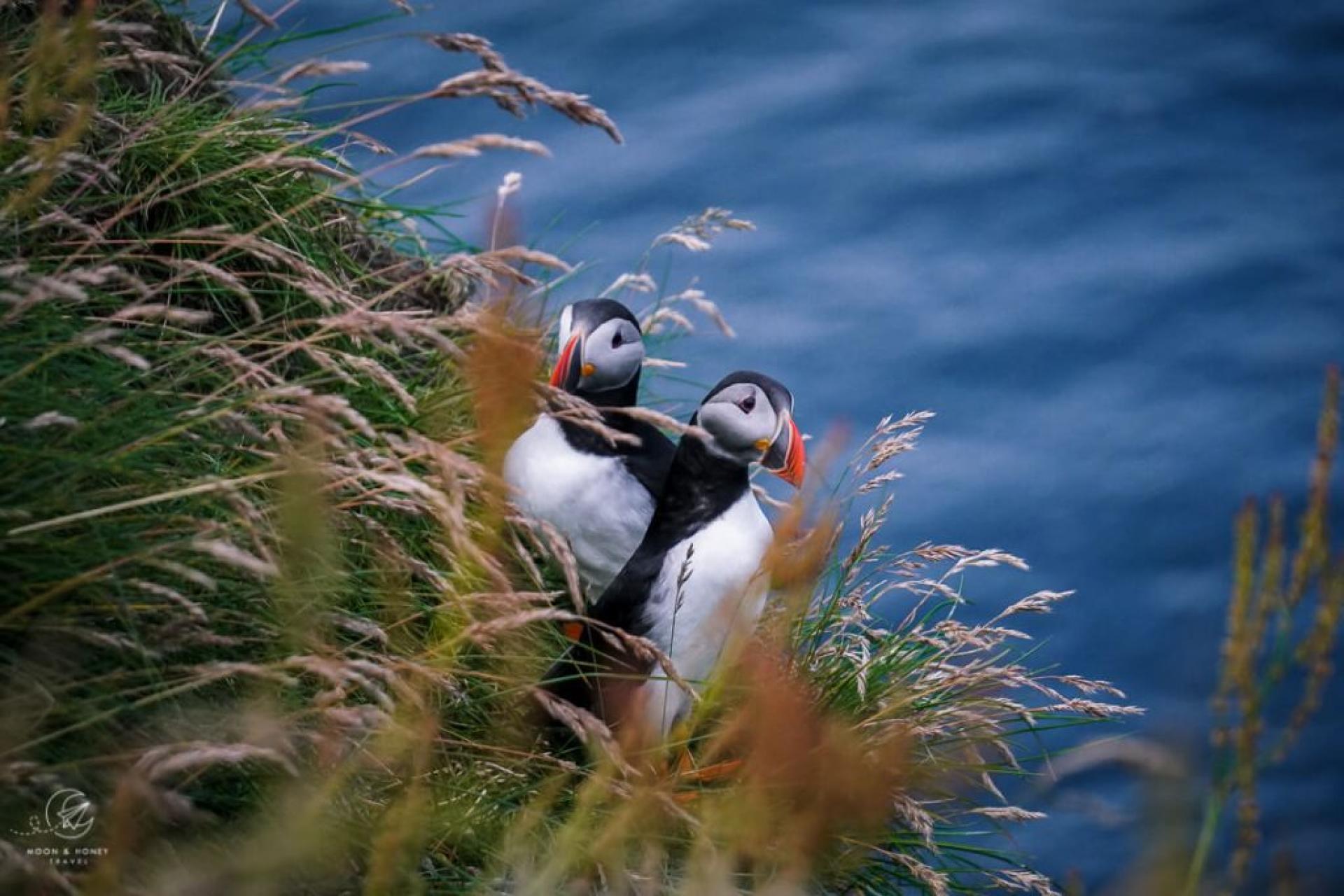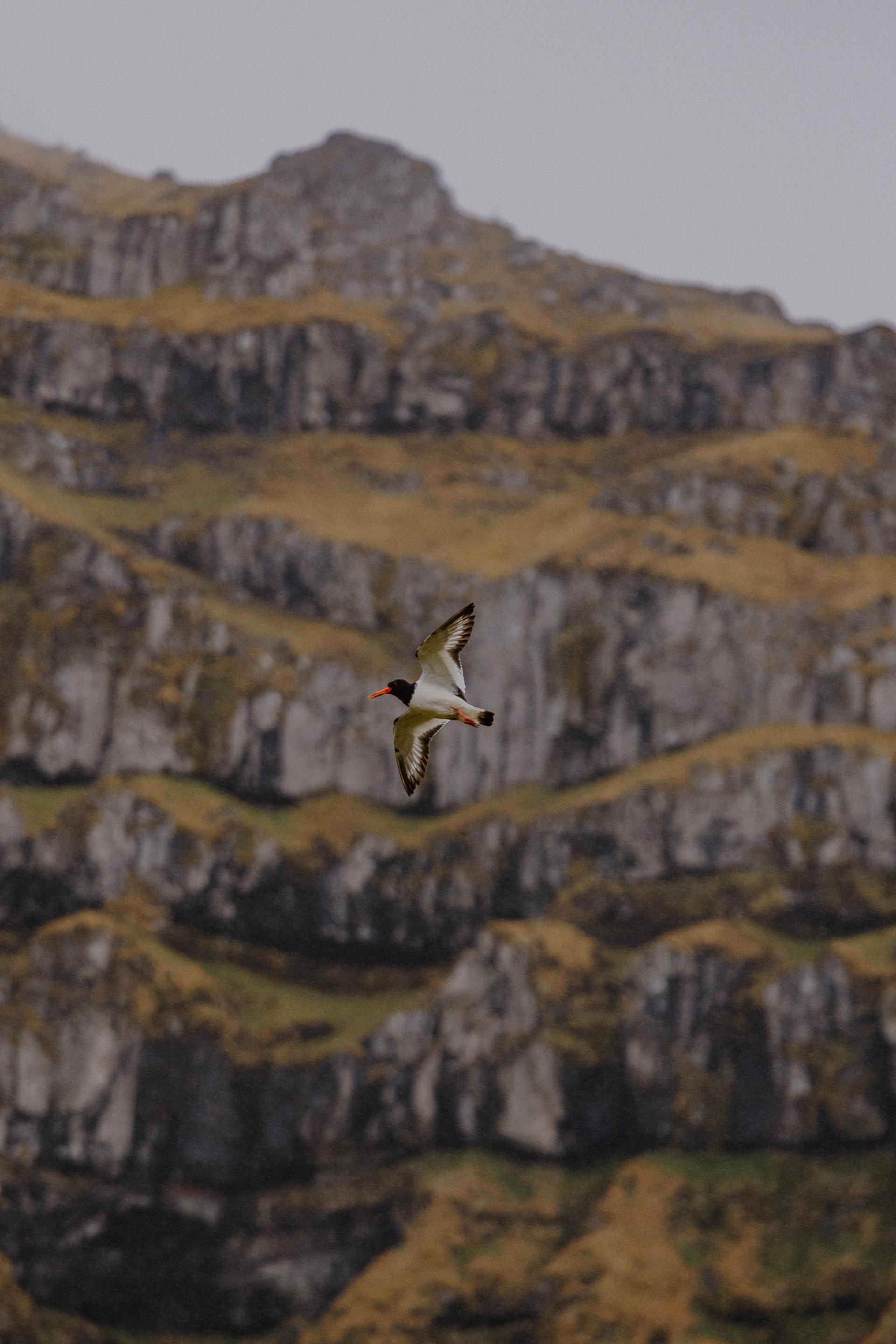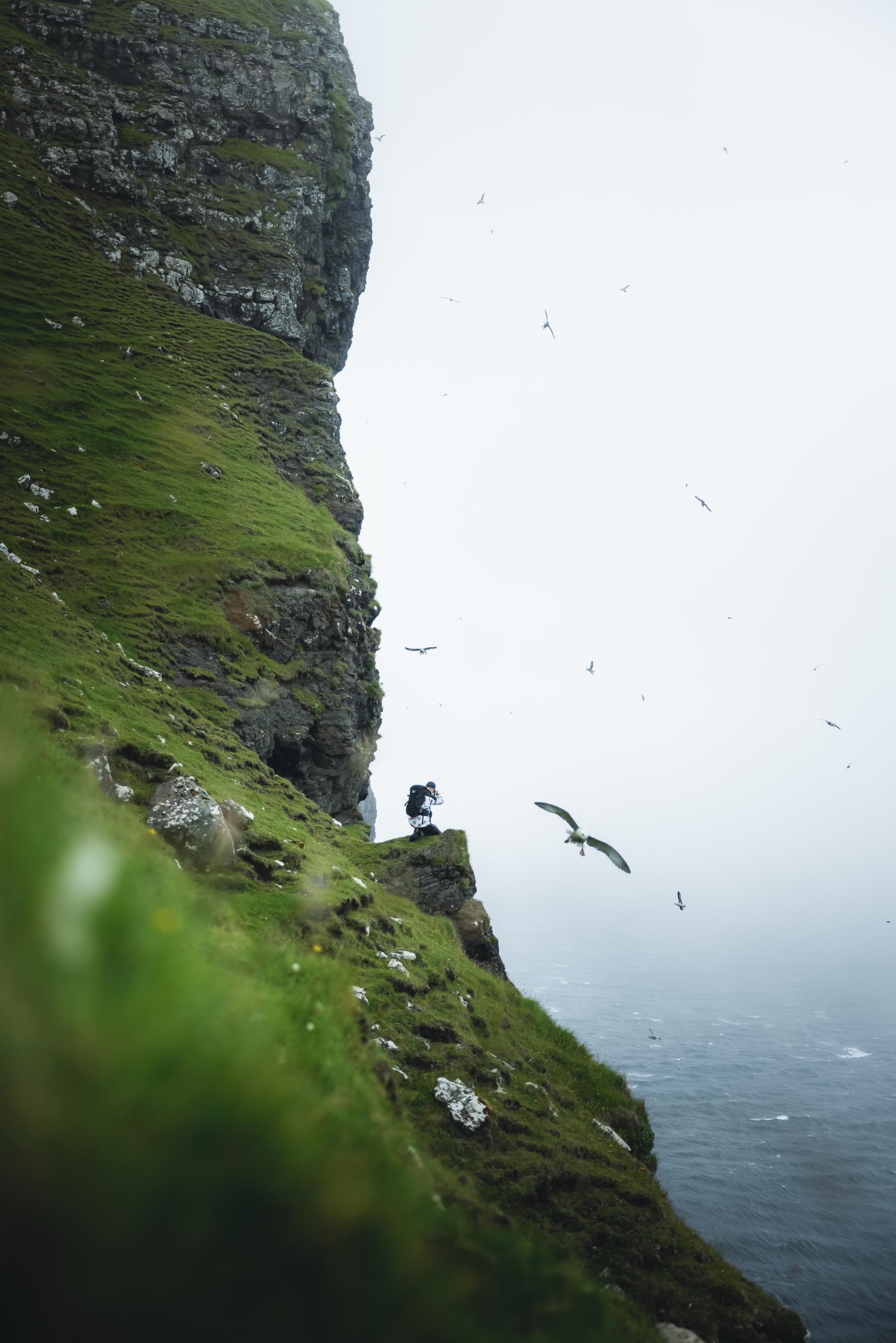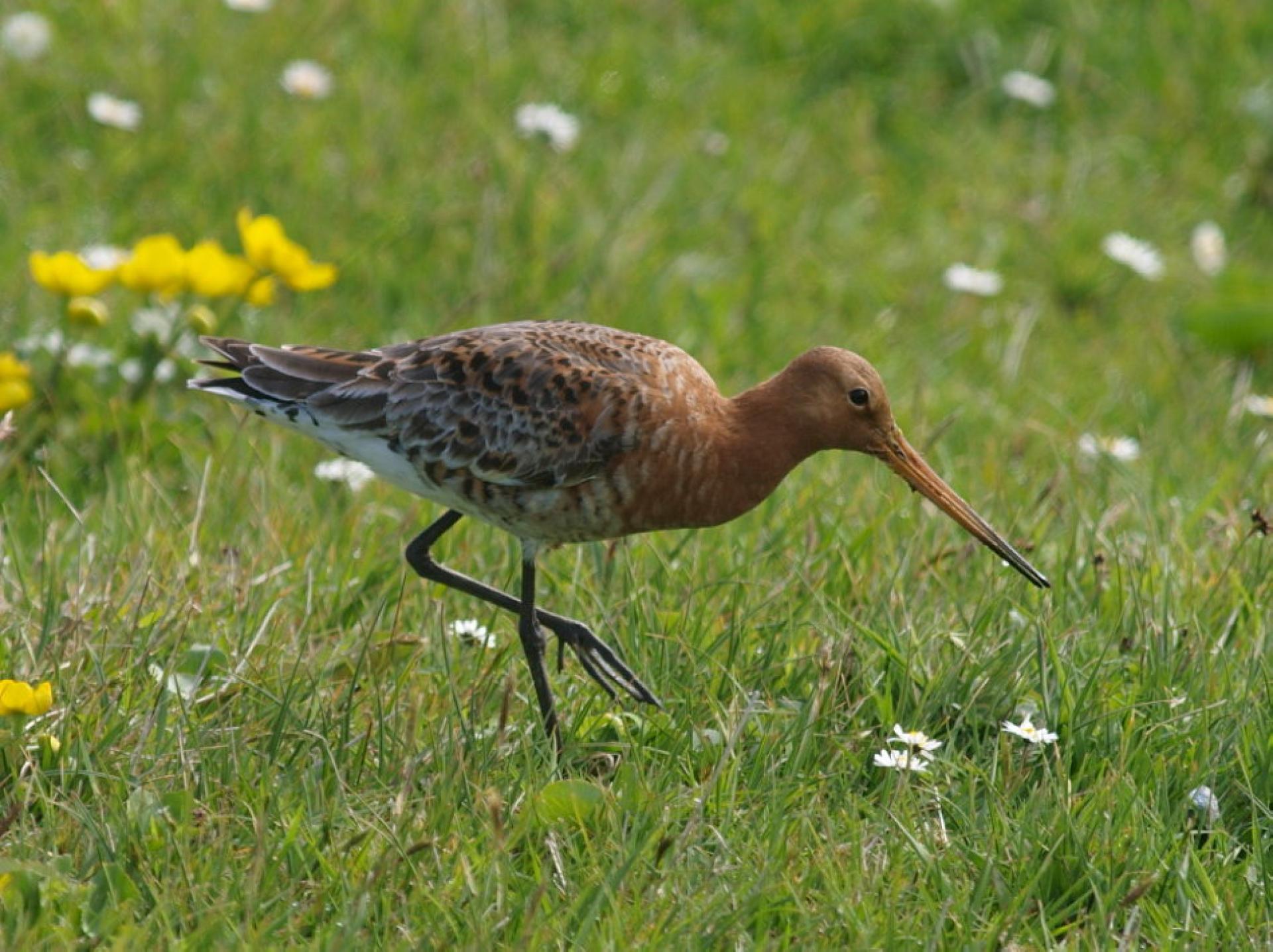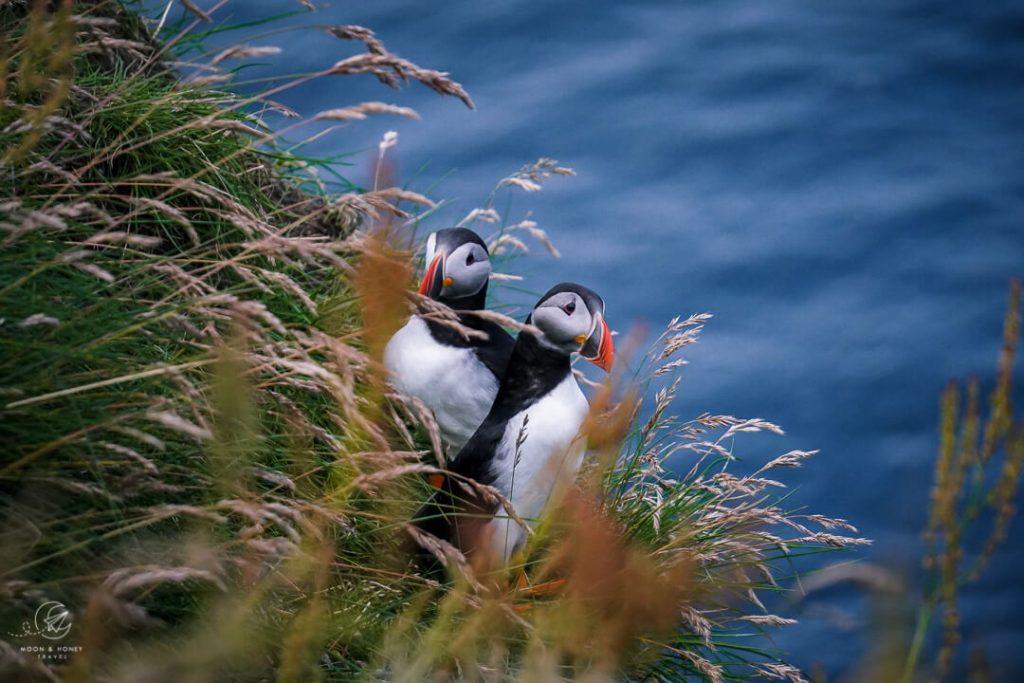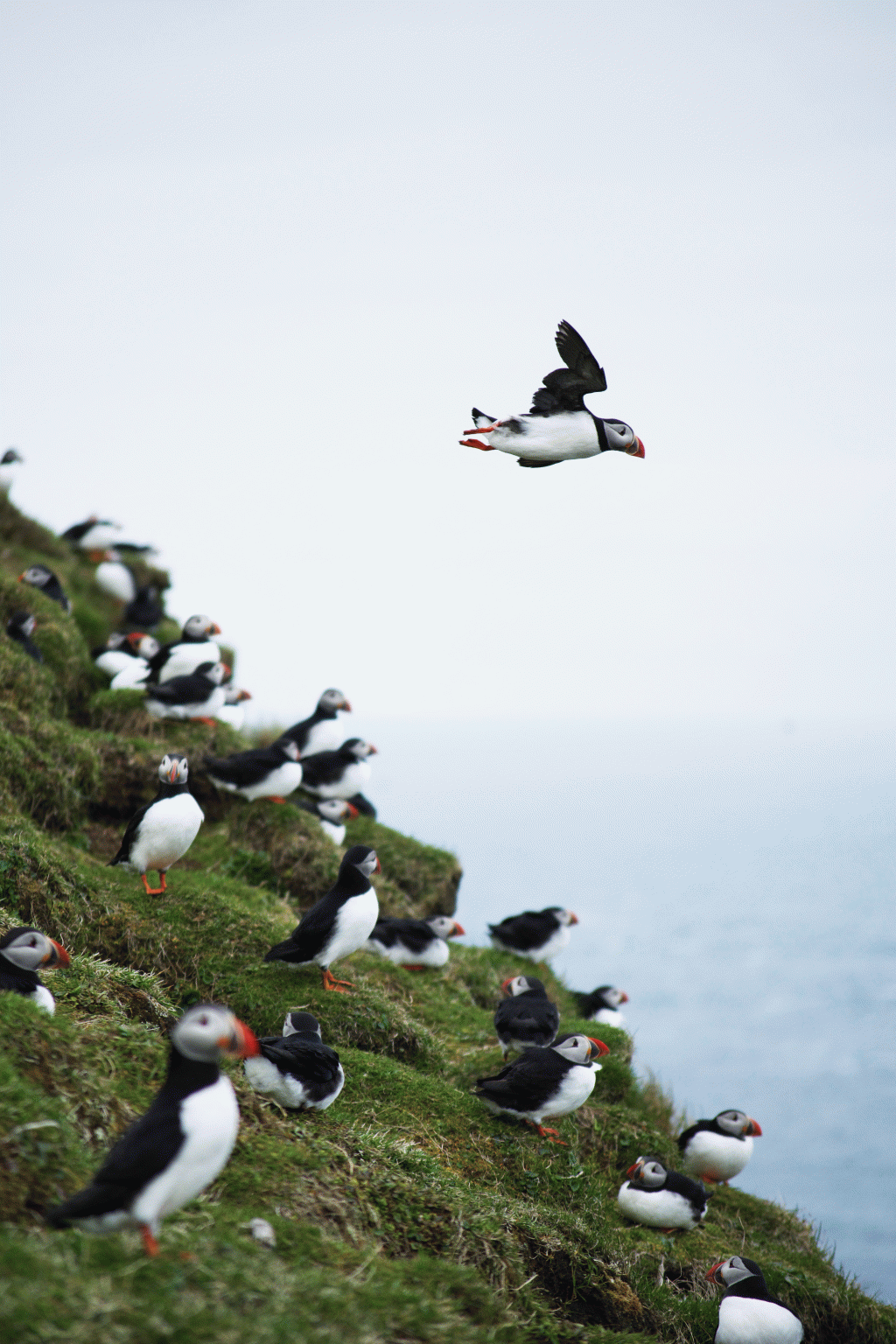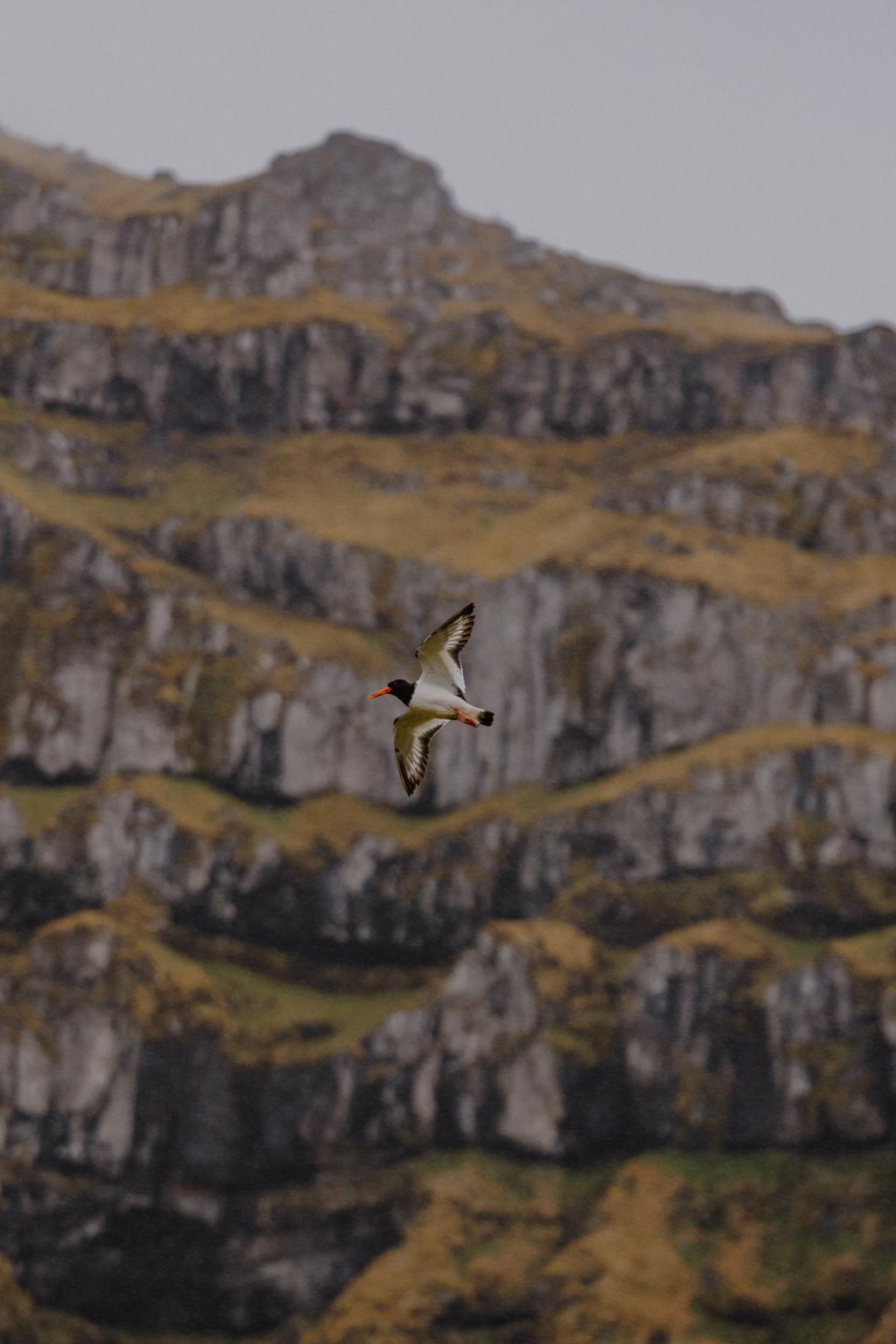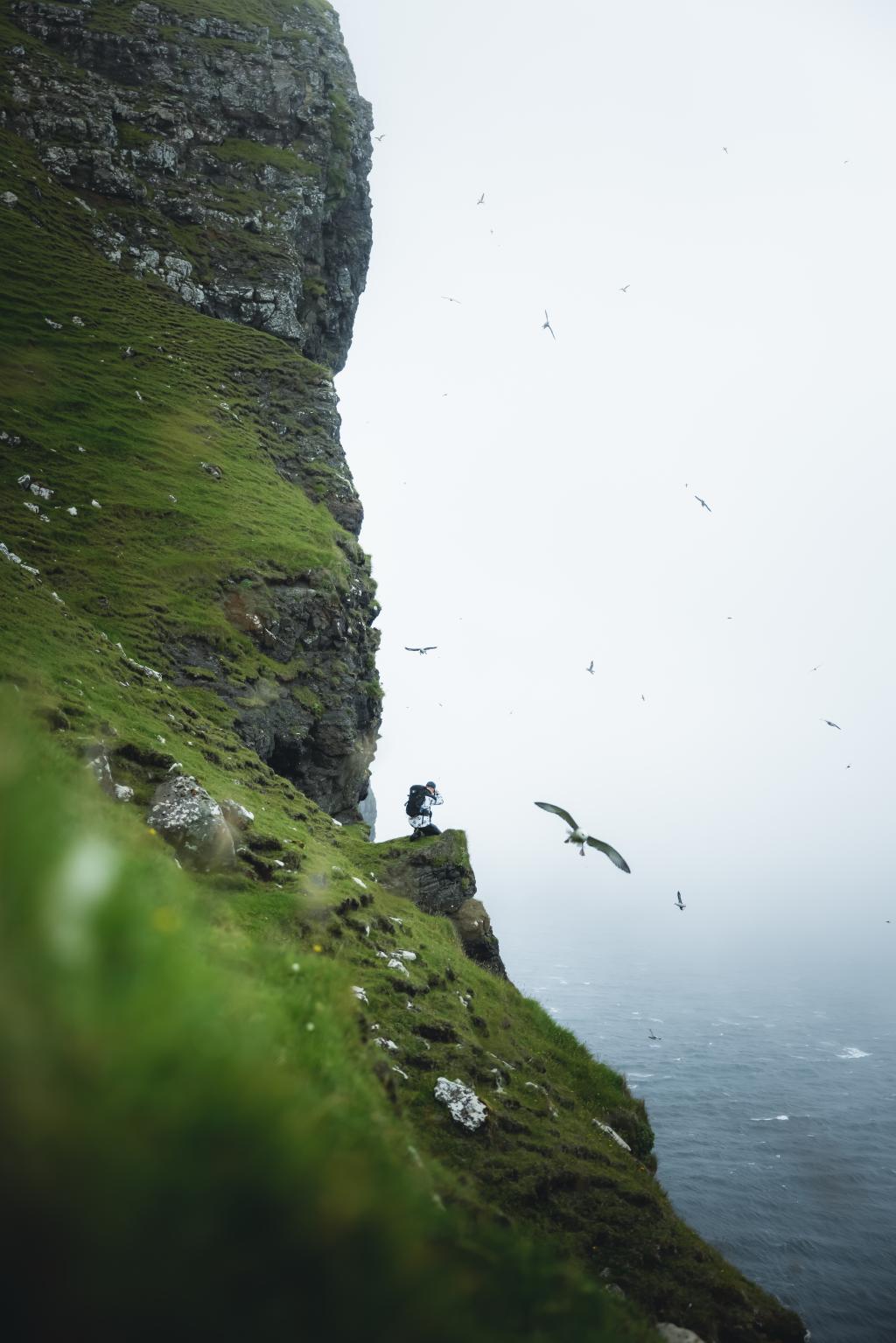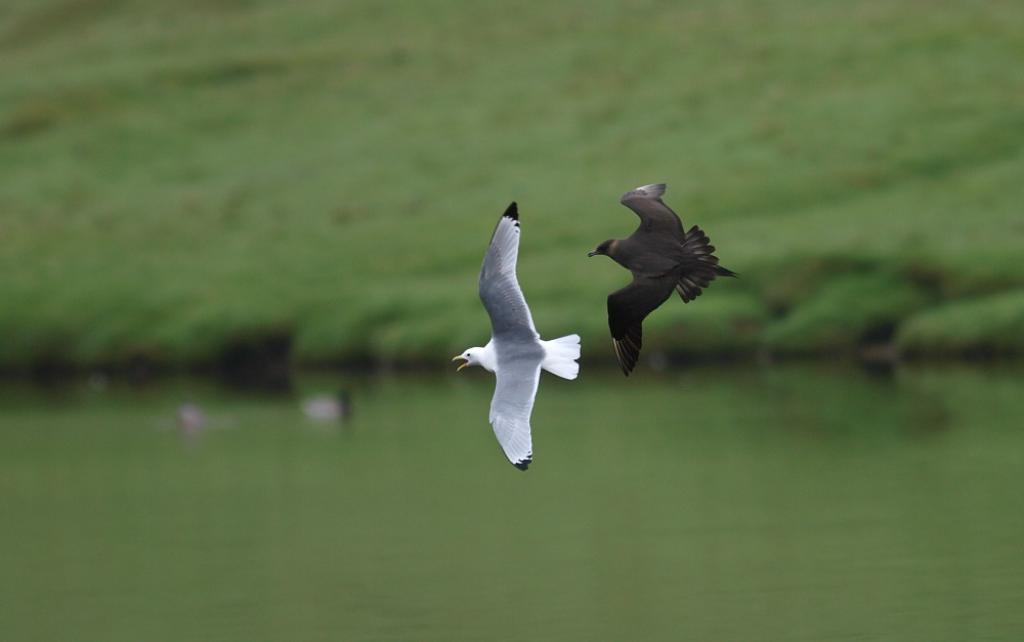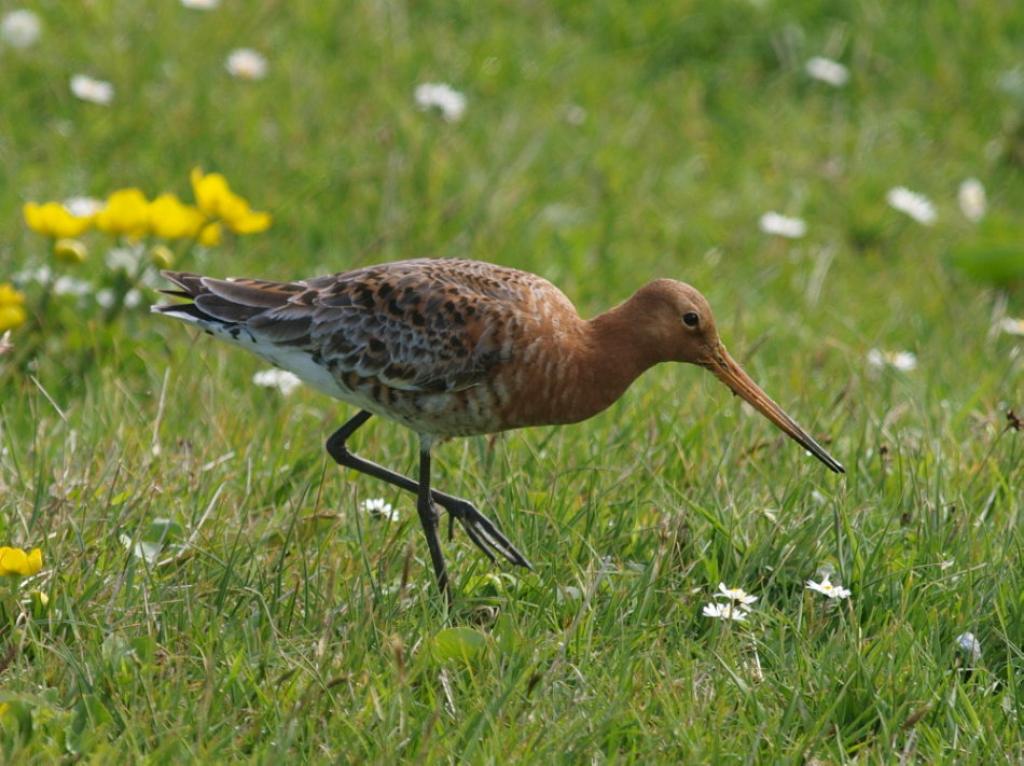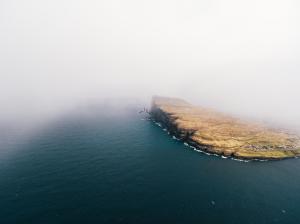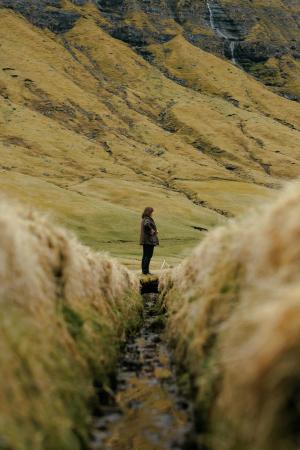Related Feature
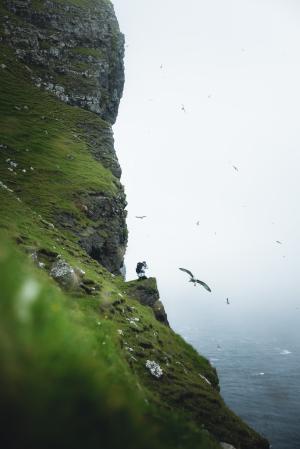
Related Feature

The landscape is both helpful and challenging. Due to the lack of trees, birds often end up in village gardens or seek shelter in the plantations. Sometimes, these bird magnets can be full of birds and are a joy for birdwatchers. In the autumn of 2009, one garden contained two Arctic Warblers, two Yellow-browed Warblers, a Barred Warbler, two Chiffchaffs, a Song Thrush and a Ring Ouzel. So, when it comes to birds that are attracted to gardens, it is pretty easy to find them. Other birds like pipits and buntings, which prefer grassy fields, have so many suitable habitats on the islands that finding them can be challenging.
Just about 300 different bird species have been recorded in the Faroes, but only about 100 are regular migrants or breeding birds. This means about 200 species are rare migrants, and new birds are added to the national list yearly.
